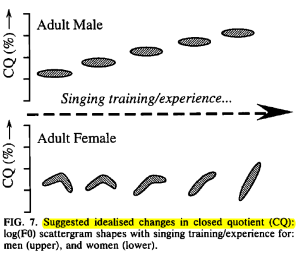Schedule
Official Project Management Schedule Updates
- COMPLETED Design Presentation
- IN PROGRESS Design Report
- IN PROGRESS Pitch Analysis
My progress from goals from last week. Any DOING tasks will be rolled over as goals for next week.
- DONE Present Design Review Slides
- DONE Drafting wireframes for the frontend with feedback from Susanna
- DOING BLOCKED Draft code for pitch analysis
- DOING Draft Design Review Report with the team
- DOING Ensure the team has a repository set up along with agreement on code style/organizational expectations
Most of these tasks were ahead of schedule, so we’re not worried about them being in progress. The official schedule would suggest Pitch Analysis should have been done this week, but this was misleading; I will elaborate below in Pitch Analysis.
Design Report
We are in the process of drafting the Design Report.
I have shared a Google Doc with sections for us to draft content in, as well as setting up the latex file we ultimately use to format our final design report.
I have drafted a revised block diagram that integrates our hardware and software systems. This reflects a proposal I made to the team that changes our software design; I propose we use Dear PyGUI instead of TKinter. This tool is well documented and provides more

This diagram reflects a proposal I made to the team that modifies our software design; I propose we use Dear PyGUI instead of TKinter. This toolkit is well documented and provides more support for app development and data plotting which is an important aspect of our project for visualizing users’ CQ time series analysis.
I am also currently drafting the following sections
- Design Requirements
- Software Design Specification or Subsystem
- Tests for Use-Case Specification Software
- Related Work
Pitch Analysis
I realized our scheduling of “Pitch Analysis” was slightly out of order since it should be after we have a processed microphone signal to work with. Tyler very recently acquired the full-version authentication code for VoceVista, so as soon as Tyler sends me at least 1 digital audio signal recording, this task will be considered unblocked and I can continue working on it this upcoming week.
Git Repository
I confirmed with Fiona that we can set up our own repository, and prepared a discussion with the team about repository management expectations and code style. This discussion will be brought up on Wednesday since we are currently focusing on drafting the Design Report. By Wednesday I will at least have the repository created so it’s ready to clone.

